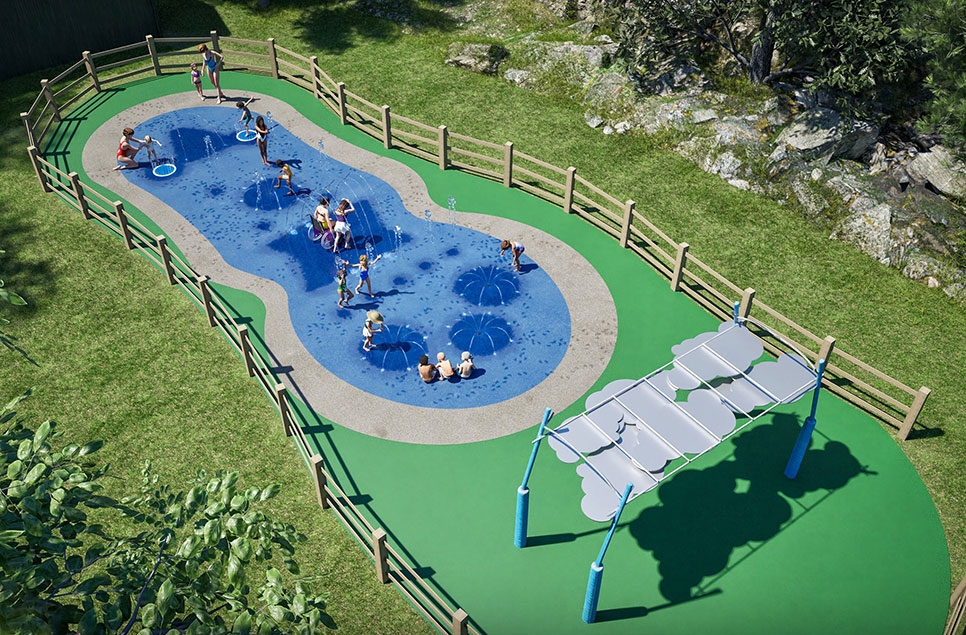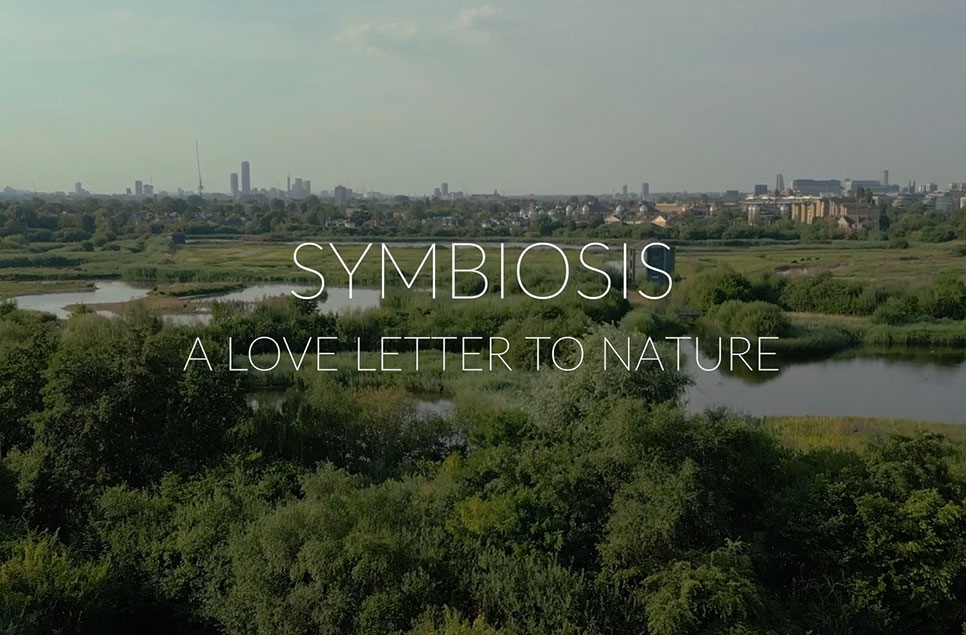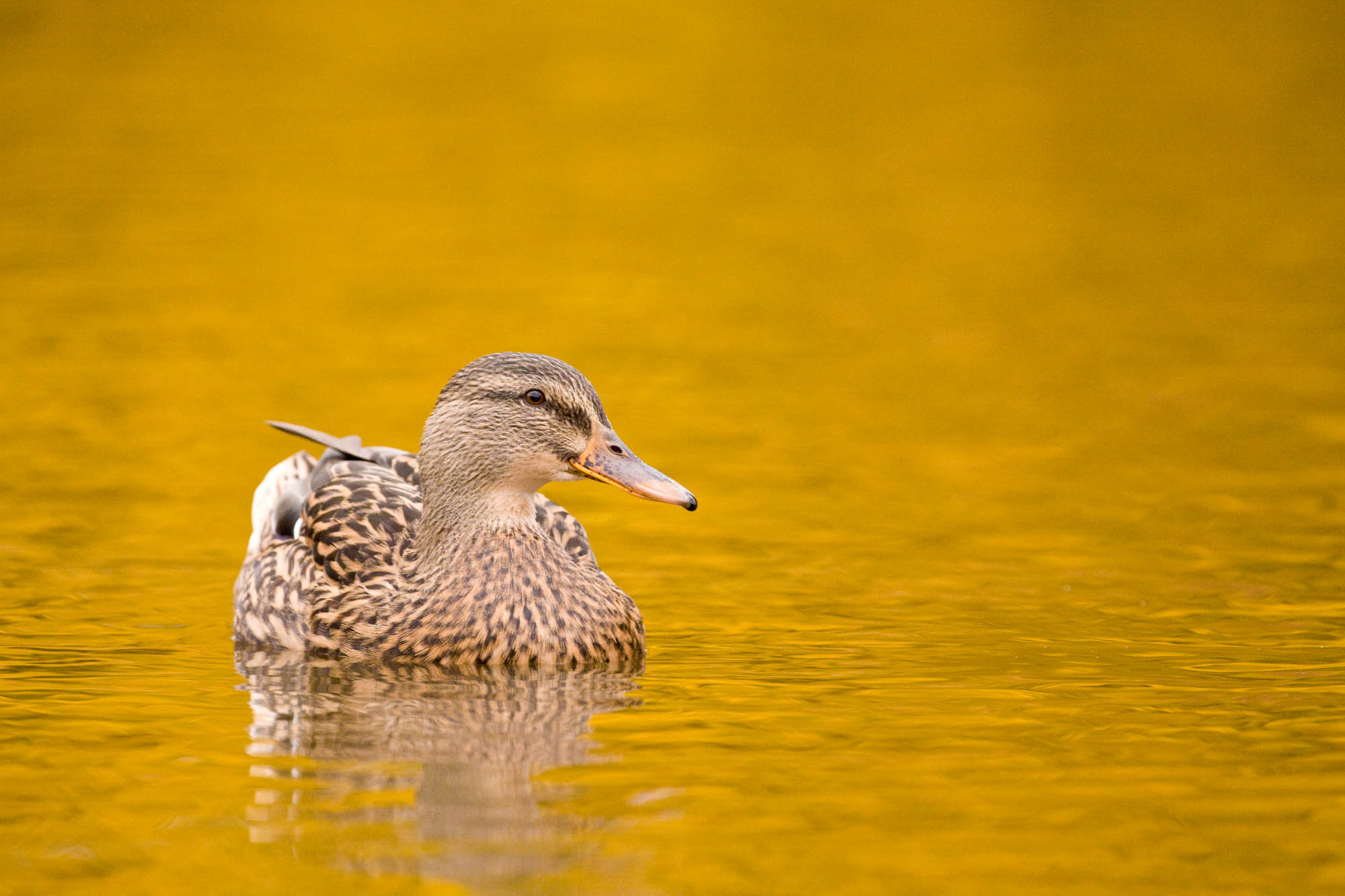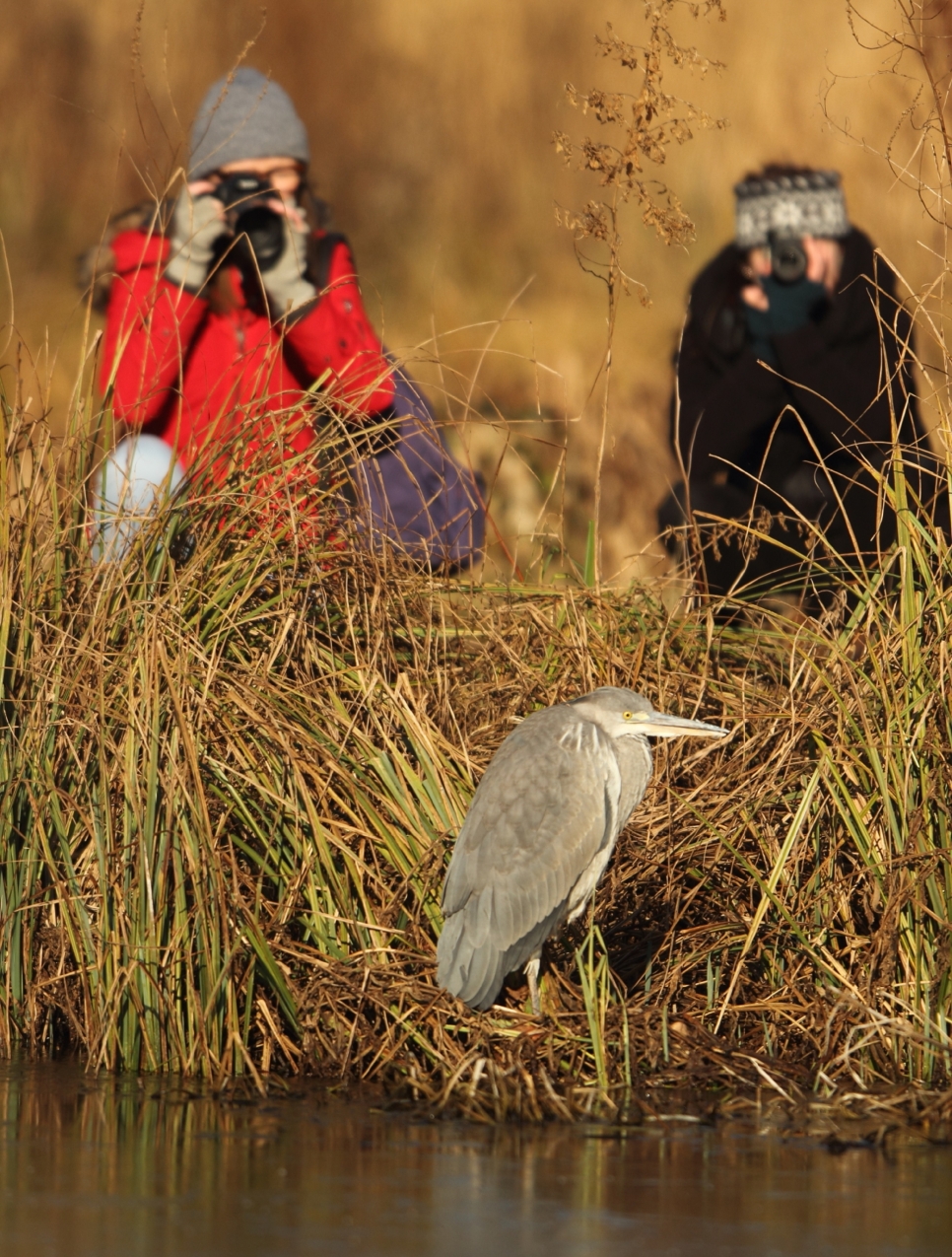A day in the life of a wetland warden
105 acres of land. 152 birds across 28 species. Two energetic Asian short-clawed otters that require four feeds a day, with a different dish every day of the week. This is what London Wetland Centre’s wardens have to look after, seven days a week, 365 days a year. And it’s not for the faint of heart.
Magdalena Howitt, one of the four wardens, offers us a glimpse of her busy and varied day on a bank holiday Monday.
DIARY STARTS
7am: I fit in a coffee whilst checking my bag for spare clothes, lunch for the day and my keys. We are normally some of the first to arrive and have a lot of specific keys to our role, my favourite being the key to the Otter Enclosure as it’s the largest key on the set resembling the style of key from The Secret Garden.
8am: I have my second coffee of the day while catching up with the team. The morning priorities are feeding the birds and doing the otters husbandry. Although it’s a bank holiday, our fantastic Monday volunteers have all come in and helped us with the avian influenza mats around the site, which is the third priority.
Today they are also tasked with clearing vegetation on the inside of an electric fence that protects our collection birds in World Wetlands. This is quite a tough task involving a strimmer, loppers and rakes, being in a confined space and on an incline! All volunteers are trained to work safely and with appropriate PPE.

8:30-10am: We take our otters’ weights weekly every Monday. Tod and Honey are wonderful to work with. This may surprise some people who know this couple that Tod is the most patient and easiest to take a four-paw reading from. I would recommend going to one of the 11am or 2pm otter talks to find out more about these two and otters in general.

Aside from the weekly husbandry, I carry out the daily routine which includes cleaning the viewing glass, otter holts, tidy up and then back to the Feed Shed to do the daily food prep routine.
10:30am: Our volunteers are working very hard today, so I go to the café to get a variety of pastries. As I am doing the otter talk today at 11am I won’t be able to take tea with them, so this seems like a nice way to show my gratitude.
11am: An otter talk to 100 people (my biggest audience yet)! I have been working with Honey and Tod for five months now and have really enjoyed getting to know them. Today they have razor shells, tilapia and roach on the menu.
12pm: I enjoy finding time to work with the volunteers on the task that they are doing for us. A good opportunity to see how they are getting on and lend a hand too. They do an incredible amount of work for us on the grounds and we would be lost without them!
1pm: Lunch time!
2pm: After feeding myself it is time for the otters’ third feed of the day (they are also very good at foraging and finding their own snacks). My favourite fact that I’ve started doing in my talk is that “You are looking at the hairiest animal in the world”. To find out why, come along to a talk!
3pm: The public bird feed! This talk lasts up to an hour and goes around the whole of World Wetlands feeding all of our collection bird species. We do these on weekends, bank holidays and school holidays. I really enjoy the questions that visitors ask. If I can’t answer them, it’s a great opportunity for me to look things up and expand my knowledge. Children have some really interesting ones and tend to be quite fascinated by waders. It’s fun getting this kind of response for something that I do regularly in my job.
4:30pm: After unloading the feed trolley, shutting down the feed shed and making sure all logs are filled, it is time to go home as I am not locking up today. On the way to the train station, if the timing of the sunset is right, it’s hard not to miss the pipistrelles feeding in the skies around Barnes pond. I love bats! I was introduced to them in 2018 through London Wetland Centre’s monthly bat surveys. Since then I have worked for the Bat Conservation Trust seasonally and continued to contribute to monthly surveys. We are now into our third month of full season surveying since lockdown. On these days I may not be leaving the site until 10pm.




